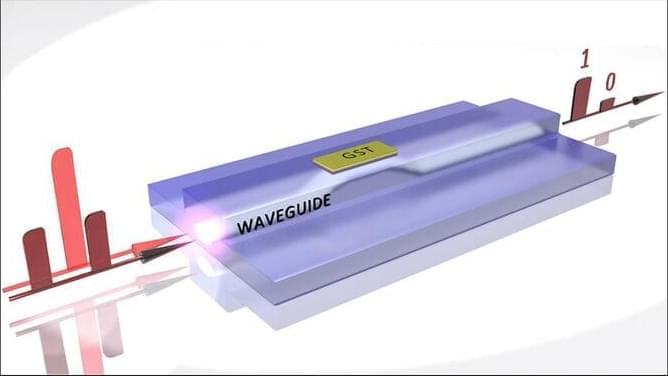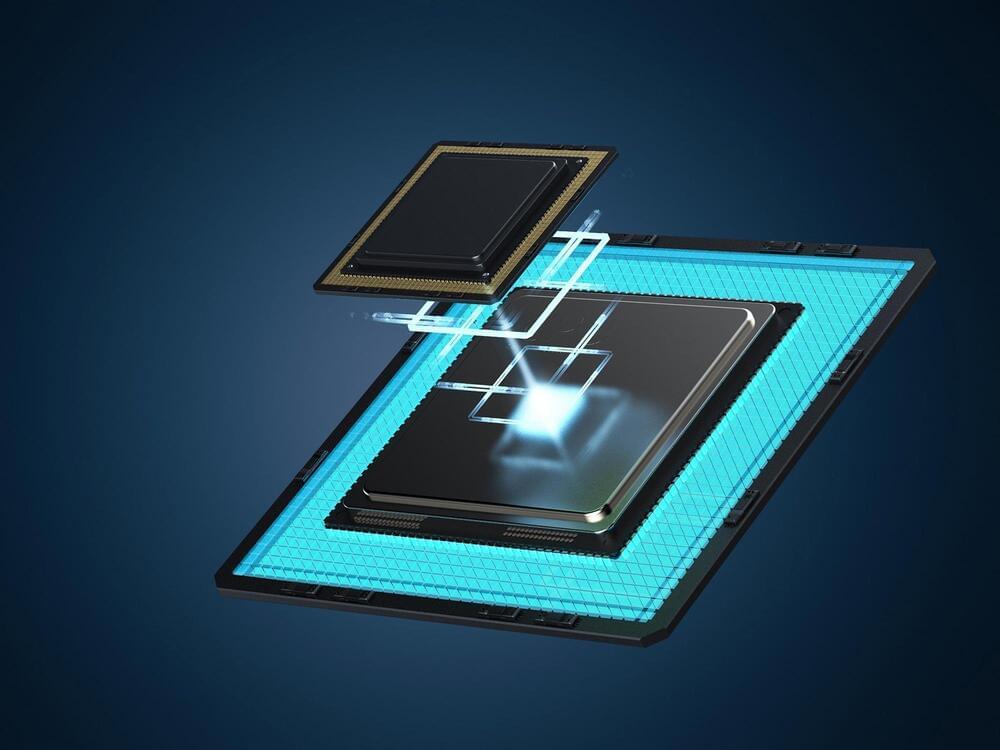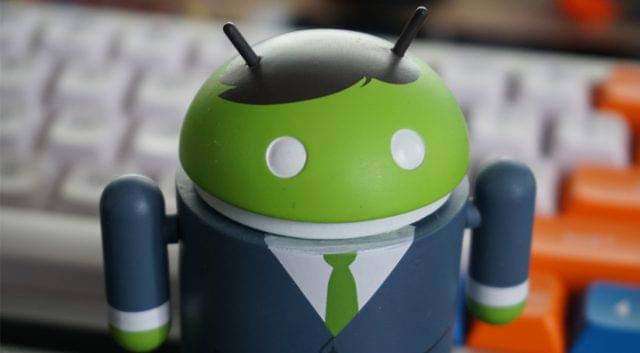Category: mobile phones – Page 119

A clock beats inside the heart of every atom
In the pre-industrial age, people only needed to measure years and months to a fair amount of accuracy. The position of the sun in the sky was good enough to break up the day. Timing at the level of fractions of a second was simply not needed.
Eventually, modern industry arose. Fast-moving machines came to dominate human activity, and clocks required hands that could measure seconds. In the current era of digital technology, the timing of electronic circuitry means that millionths or billionths of a second actually matter. None of the high-tech stuff we need, from our phones to our cars, can be controlled or manipulated if we cannot keep close track of it. To make technology work, we need clocks that are faster than the timing of the machines we need to control. For today’s technology, that means we must be able to measure seconds, milliseconds, or even nanoseconds with astonishing accuracy.
Every timekeeping device works via a version of a pendulum. Something must swing back and forth to beat out a basic unit of time. Mechanical clocks used gears and springs. But metal changes shape as it heats or cools, and friction wears down mechanical parts. All of this limits the accuracy of these timekeeping machines. As the speed of human culture climbed higher, it demanded a kind of hyper-fast pendulum that would never wear down.
From seawater to drinking water, with the push of a button
MIT researchers have developed a portable desalination unit, weighing less than 10 kilograms, that can remove particles and salts to generate drinking water.
The suitcase-sized device, which requires less power to operate than a cell phone charger, can also be driven by a small, portable solar panel, which can be purchased online for around $50. It automatically generates drinking water that exceeds World Health Organization quality standards. The technology is packaged into a user-friendly device that runs with the push of one button.
Unlike other portable desalination units that require water to pass through filters, this device utilizes electrical power to remove particles from drinking water. Eliminating the need for replacement filters greatly reduces the long-term maintenance requirements.
Ultra-thin speakers roll out like wallpaper for sound-blasting surfaces
Engineers at MIT have developed an ultra-thin speaker that could be used to make entire surfaces produce sound. The unique design should be energy efficient and easy to produce at scale, the team says.
In a basic sense, speakers work by vibrating a membrane, which manipulates the air above it to produce sound waves. In speakers commonly found in audio systems or headphones, that’s done using electrical currents and magnetic fields.
But in recent years scientists have developed ways to achieve similar results in much slimmer devices. Thin film speakers work using piezoelectric materials, which vibrate in response to the application of a voltage. These have been used in phones and TVs, and even experimentally to create speakers out of things as unusual as flags.

Light-based memory chip is first to permanently store data
This new innovative can lead to near infinite computation speeds without the need for complex components and it can put on a smartphone. Also it requires less hardware and weight.
Light is the most energy-efficient way of moving information. Yet, light shows one big limitation: it is difficult to store. As a matter of fact, data centers rely primarily on magnetic hard drives. However, in these hard drives, information is transferred at an energy cost that is nowadays exploding. Researchers of the Institute of Photonic Integration of the Eindhoven University of Technology (TU/e) have developed a ‘hybrid technology’ which shows the advantages of both light and magnetic hard drives.

Someone left a prototype Google Pixel Watch at a restaurant
In 2010, Apple software engineer Gray Powell left a in a bar in Redwood City, California. In an era where nearly every device leaks before it’s officially announced, images of a new iPhone showing up online seem quaint. But at the time it was a big deal and the incident even came to. Now, more than a decade later, images of another highly anticipated device have made their way online in much the same way.
On Saturday evening, Android Central photos of Google’s long-rumored Pixel Watch. The outlet says it obtained the images you see throughout this post from someone who found the smartwatch at a restaurant in the US. The photos confirm the Pixel Watch will feature a circular face with minimal display bezels. If you look closely, you can see the wearable’s band attaches directly to its case, with a latch mechanism that looks proprietary to Google and reminiscent of the design employed by Fitbit on its Versa and Sense smartwatches (Google the company in 2021).
The watch features a single button next to its crown and what looks like a microphone or altimeter port. On the back of the device, you can see an optical heartrate sensor. Unfortunately, the watch wouldn’t go beyond its boot screen so there are no photos of it running.

Atomic Layer Etching Could Lead to Ever-More Powerful Microchips and Supercomputers
Over the course of almost 60 years, the information age has given the world the internet, smart phones, and lightning-fast computers. This has been made possible by about doubling the number of transistors that can be packed onto a computer chip every two years, resulting in billions of atomic-scale transistors that can fit on a fingernail-sized device. Even individual atoms may be observed and counted within such “atomic scale” lengths.
Physical limit
With this doubling reaching its physical limit, the U.S. Department of Energy’s (DOE) Princeton Plasma Physics Laboratory (PPPL) has joined industry efforts to prolong the process and find new techniques to make ever-more powerful, efficient, and cost-effective chips. In the first PPPL research conducted under a Cooperative Research and Development Agreement (CRADA) with Lam Research Corp., a global producer of chip-making equipment, laboratory scientists properly predicted a fundamental phase in atomic-scale chip production through the use of modeling.

A self-driving revolution? We’re barely out of second gear
“Britain moves closer to a self-driving revolution,” said a perky message from the Department for Transport that popped into my inbox on Wednesday morning. The purpose of the message was to let us know that the government is changing the Highway Code to “ensure the first self-driving vehicles are introduced safely on UK roads” and to “clarify drivers’ responsibilities in self-driving vehicles, including when a driver must be ready to take back control”.
The changes will specify that while travelling in self-driving mode, motorists must be ready to resume control in a timely way if they are prompted to, such as when they approach motorway exits. They also signal a puzzling change to current regulations, allowing drivers “to view content that is not related to driving on built-in display screens while the self-driving vehicle is in control”. So you could watch Gardeners’ World on iPlayer, but not YouTube videos of F1 races? Reassuringly, though, it will still be illegal to use mobile phones in self-driving mode, “given the greater risk they pose in distracting drivers as shown in research”.


Google Releases ‘Switch to Android’ App on iPhone
Way back in 2015, Apple released its very first app in the Google Play Store. It was called Move to iOS, and it helped people switch from Google’s platform to Apple’s. Turnabout is fair play, and Google has finally made its own switching app. With the predictable name “Switch To Android,” the app helps iPhone owners export their data for use on an Android phone. The app rolled out today in several markets, including the US, but it might be hard to find.
The current mobile dichotomy has been in place for over a decade at this point. Upstarts like Palm and Windows Phone tried and failed to create a third platform, but instead we’ve all become more entrenched with Android and iOS. After years and years using one platform, it can be imposing to move it someplace else. Apps like Apple’s Move to iOS and the new Switch To Android can make it a bit easier by automating the process, or at least pointing you to the right settings.
After installing the Switch To Android app on an iPhone, you’ll have the option to grab the basics like your contacts, calendar events, photos, and videos. Most of this data should plug into Google’s ecosystem without issue. You might notice some strange errors in contact data, but the app connects to Google Photos to salvage all your iCloud media. This all happens wirelessly, so you won’t have to worry about finding a cable to connect your Android phone’s USB-C port to the aging Lightning port on even the latest iPhones.